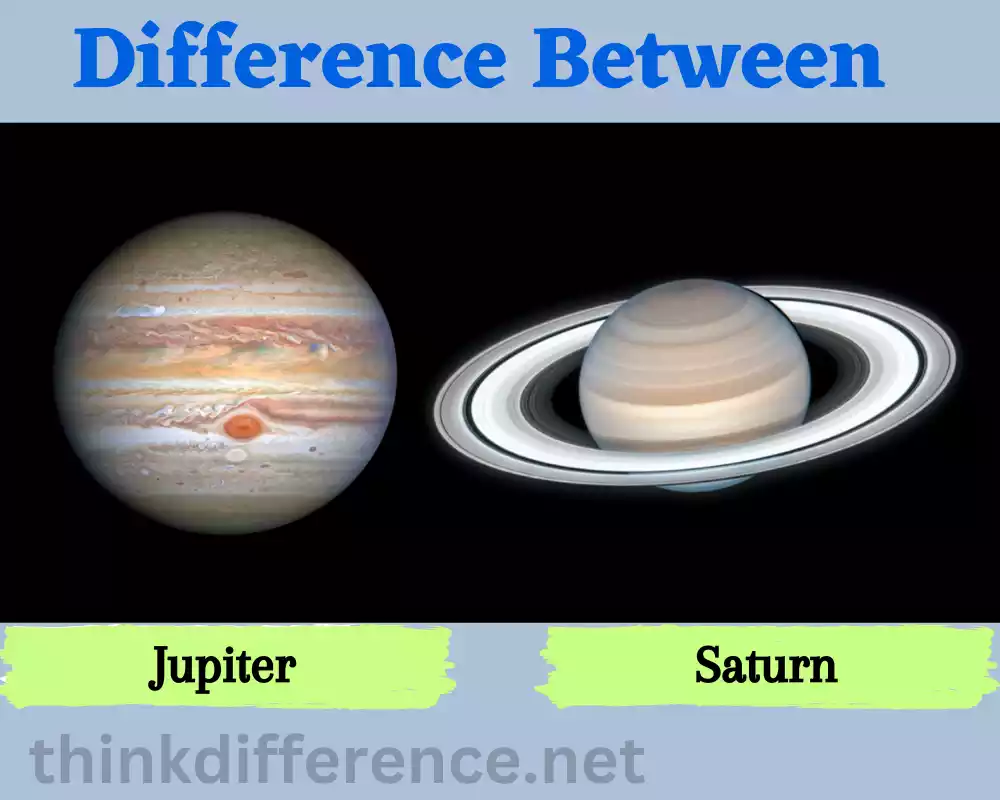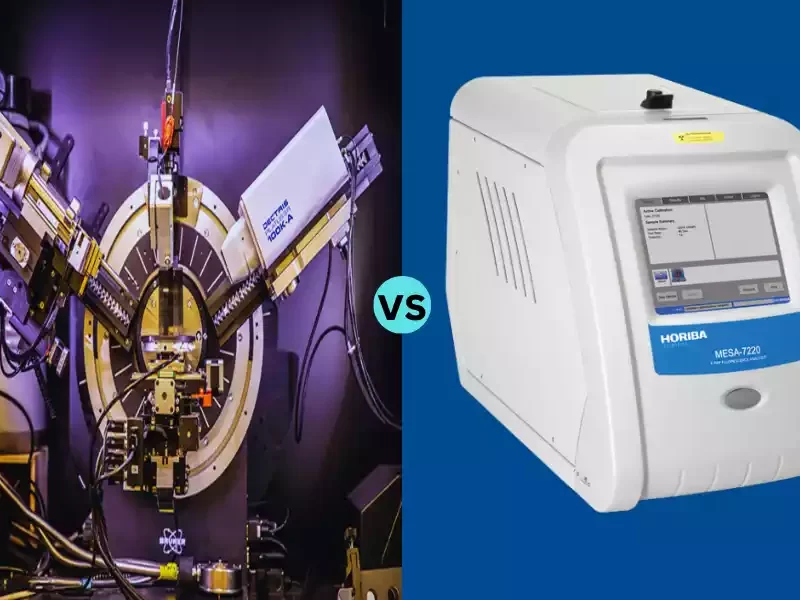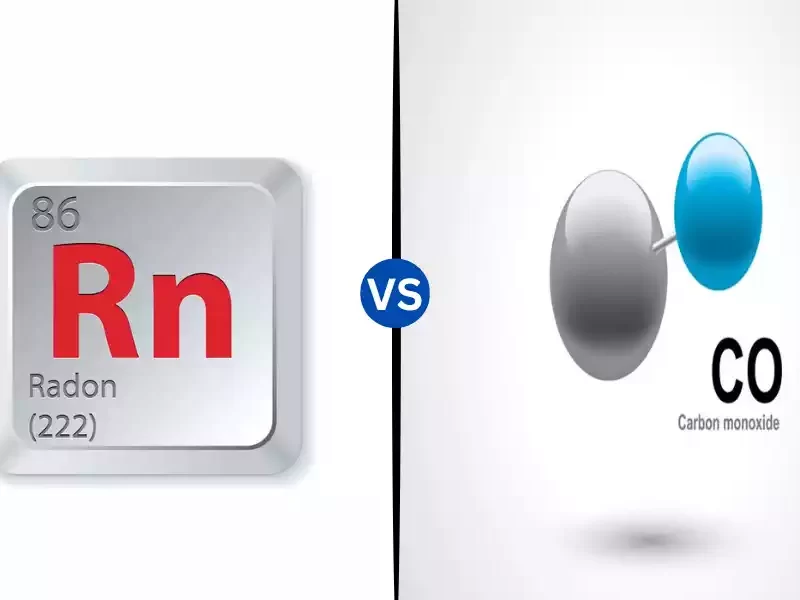Saturn and Jupiter are two planets within our solar system that hold great fascination for both space enthusiasts and astronomers alike, providing unrivaled views of galaxy expanse and variety. Here we examine their features, characteristics, and significance while deepening our understanding of them as key players shaping how we view the cosmos.
What Is The Planet Saturn?
Saturn, one of our solar system planets, is best known for its distinctive ring system and as one of six giant gas planets like Jupiter in our Sun’s solar system.
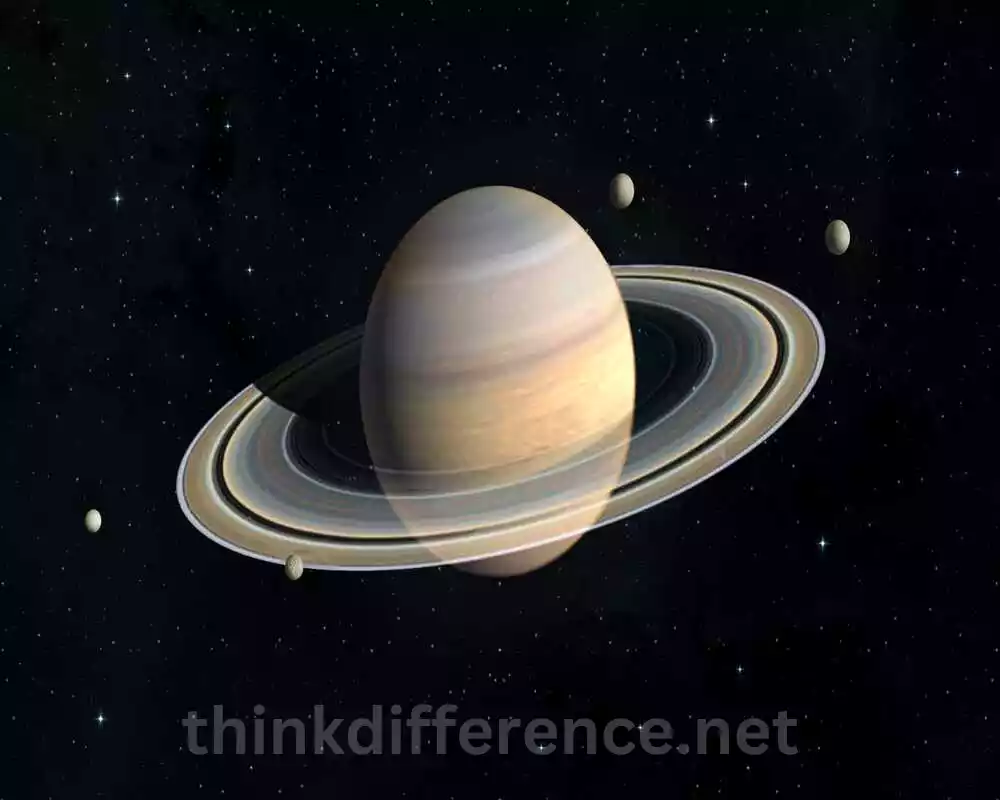
Here are its primary characteristics:
-
- Size and Mass: Saturn covers an approximate surface area of 120,536 kilometers or 74.898 miles – making it the second-largest planet in our solar system. It has a mass approximately 95 times that of Earth.
- Composition and Atmosphere: Saturn’s atmosphere primarily contains hydrogen (about 75%) and the element helium (25%). There are also small amounts of ammonia, methane water vapor and various hydrocarbon compounds present as well.
- Rings: Saturn is famous for its remarkable ring system. The rings are made up of billions of icy and rocky particles ranging in size from micrometers to meters. The rings are categorized into several main rings (A, B, C) with gaps and divisions between them. They are composed mostly of water ice, along with some rocky material.
- Moons: Saturn has an extensive system of moons, with over 80 confirmed satellites. Titan, as the largest moon in our solar system and only moon with large atmospheres and Enceladus with their water vapor geysers that emerge from frozen surfaces are among some of Saturn’s more noteworthy moons.
- Appearance: Saturn, like Jupiter, has distinct cloud bands in its atmosphere. Saturn’s bands are less pronounced than Jupiter’s. The planet also exhibits a hexagonal storm at its north pole, a unique and intriguing atmospheric feature.
- Magnetic Field: While not as strong as Jupiter’s magnetic field, Saturn still possesses a significant magnetic field generated by electrical currents within its metallic hydrogen layer. The presence of the rings affects the shape and alignment of the magnetic field.
Saturn’s stunning rings, diverse moon system and its role in understanding the dynamics of gas giants contribute to its significance in scientific exploration. By studying Saturn, scientists gain insights into the formation of planets, the processes shaping planetary systems and the conditions necessary for the development of moons and ring systems.
What Is The Planet Jupiter?
Jupiter, as part of our solar system is one of the biggest planets by both dimensions and mass. Classified as a gas giant planet, Jupiter differs from terrestrial planets like Earth in that its composition primarily comprises gas without having an extended surface area like terrestrial planets like our own Earth do.
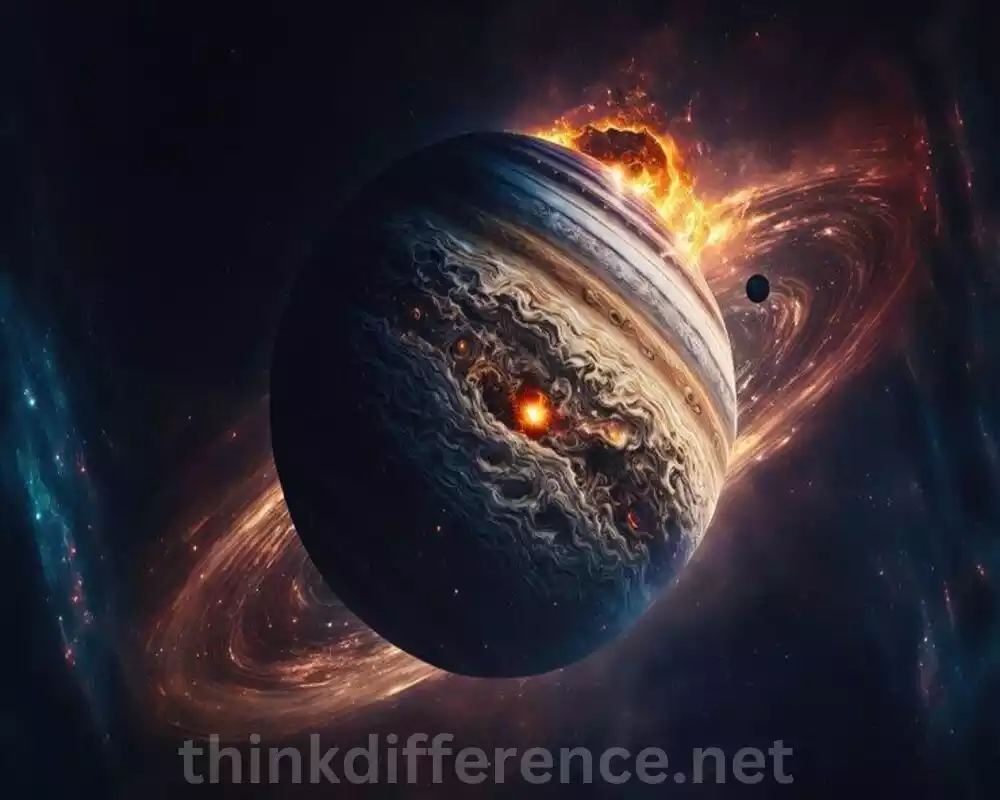
Here are some key aspects of Jupiter:
-
- Size and Mass of Jupiter: Jupiter measures in diameter at 139,820 km (86,881 miles). As the largest planet with an estimated mass 318 times that of Earth.
- Composition and the Atmosphere: Jupiter has an atmosphere composed primarily of hydrogen (about 90 percent) and helium (10 percent), along with minute amounts of other substances like ammonia, methane water vapor methane and various hydrocarbons.
- Jupiter stands out due to its fast rotation: Due to this phenomenon, its surface features bands caused by fast polar motion that form cloud belts consisting of varied colors of light and dark clouds with various compositions – especially notable is Jupiter’s Great Red Spot which has been studied over many centuries and studied continuously over that time period.
- Jupiter hosts an abundance of moons: Galilean Moons (Io, Europa, Ganymede and Callisto), discovered by Galileo Gailei in 1610 are some of the most fascinating objects in our solar system due to features like subsurface oceans and volcanoes as well as their diverse surface compositions and special qualities that set each apart from each other.
- Magnetic Field: Jupiter boasts the strongest magnetic field of all planets within our solar system, caused by electrical currents flowing in its interior hydrogen-rich metallic core and 20 times stronger than Earth’s magnetic field.
Jupiter, with its immense mass, complex atmosphere, mysterious moons and powerful magnetic field is of particular interest for scientific study. Gaining knowledge about Jupiter provides invaluable insight into gas giant formation and solar system evolution as a whole.
Importance of studying and understanding the differences between Saturn and Jupiter
Understand and comprehending the differences between Saturn and Jupiter are imperative for various reasons, one such reason being:
- Planetary Formation and Evolution: Saturn and Jupiter provide two examples of giant gas planets with distinct characteristics and geographies that give researchers insight into the development and formation of planet systems. By studying their features such as size, composition and structure scientists gain knowledge into how these two giant planets were born and what conditions are required for the formation of gas giants like them.
- Atmospheres and Weather Systems: The comparison between Saturn’s atmospheres and Jupiter’s allows scientists to study both planets’ dynamics as well as interactions among gas clouds, storms and clouds within their respective atmospheres. Features like Jupiter’s Great Red Spot and Saturn’s hexagonal storm serve as unique focal points that allow researchers to study atmospheric phenomena and weather systems on these two planets.
- Magnetic Fields and Space Weather: Jupiter and Saturn both boast strong magnetic fields that help secure our solar system against damaging radiation or charged particles. By studying their respective characteristics and interactions with their surroundings, we can gain a better understanding of their formation in giant gas stars and how these fields contribute to space weather phenomena. Magnetic fields also play a pivotal role in protecting it against radiation exposure as they shield our bodies against radiation attacks from space-weather.
- Moons and satellites: Both Saturn and Jupiter boast an abundant number of moons with unique characteristics, from Titan and Enceladus to Galilean moons, that scientists can study in order to examine possible habitatability, geologic activity and ocean presence below their surfaces. Comparing different features between Saturn and Jupiter moons offers unique insight into their development and formation under differing environmental conditions.
- Planetary Dynamics and Interactions: The gravitational interactions among Saturn, Jupiter and other celestial bodies within our solar system affect its dynamics as a whole. Understanding their different gravitational influences – for instance on comet orbits and asteroids’ movements – gives us insight into its stability and growth.
As scientists explore and comprehend Saturn and Jupiter more deeply, they gain greater insights into both how our solar system functions as well as the variety of planets within the universe that provide living environments – findings which contribute to both planetary science and astrophysics, along with searching for life beyond Earth. These discoveries enhance our knowledge in these disciplines as well as furthering search efforts beyond Earth for possible evidence of life beyond.
Comparing Saturn and Jupiter
When comparing Saturn and Jupiter, several key aspects can be examined:
- Dimensions and Mass: Jupiter can both dwarf Saturn in terms of size as well as mass; with Jupiter covering an area of around 139,820 kilometers (86,881 miles), while Saturn spans 120 536 kilometer 74 898 mile in radius. Jupiter boasts 318 times greater mass than Earth while Saturn contains about 95 times as much mass than our home world.
- Composition and Atmosphere: Jupiter shares similar composition with Saturn; both bodies consist primarily of helium and hydrogen with Jupiter having slightly more helium (24% to Saturn’s 25%). Saturn also boasts more trace elements such as ammonia, methane and hydrocarbons while Jupiter boasts greater ammonia levels in their atmospheres.
- Saturn’s Rings: Solastera Limited Saturn is best-known for its beautiful and intricate rings formed from billions of pieces of ice rock particles, but Jupiter hosts similar rings systems which are much less visible and visually impressive when compared with those seen around Saturn. Jupiter rings consist mostly of fine particles of dust compared with their larger and more visually impressive counterpart.
- Moons and Satellites: Both Saturn and Jupiter feature an abundance of moons. Saturn alone boasts over 80 known satellites – among them is Titan, known for its thick atmosphere as well as liquid methane reservoirs on its surface. Jupiter boasts many more satellites including Io, Europa Ganymede Callisto known collectively as Galilean Moons with different geological characteristics including volcanoes, under-surface oceans and icy crusts – each bearing unique geological hallmarks and features such as volcanoes.
- Magnetic Fields: Jupiter boasts the strongest magnetic field among planets. Its field is approximately 20 times stronger than that of Earth. Saturn boasts less powerful but still substantial magnetic fields attributed to electrical currents in its hydrogen layer. Rings alter both form and alignment of this magnetism field in Saturn.
- Notable Features: Saturn’s northern pole features the hexagonal storm system while Jupiter is famous for the Great Red Spot – a continuous high pressure storm system – both features that contribute to creating its distinctive appearance. These features help differentiate each planet visually.
Saturn and Jupiter both belong to a class of gas giants known as planetesimals, sharing similar properties such as their predominantly hydrogen and helium composition, the numerous moon systems they host, their role in understanding planet formation processes and dynamic activity, etc. Comparing and studying both planets can give invaluable insights into our universe as a whole.
Similarities between Saturn and Jupiter
Looking at Saturn and Jupiter together reveals numerous key characteristics.
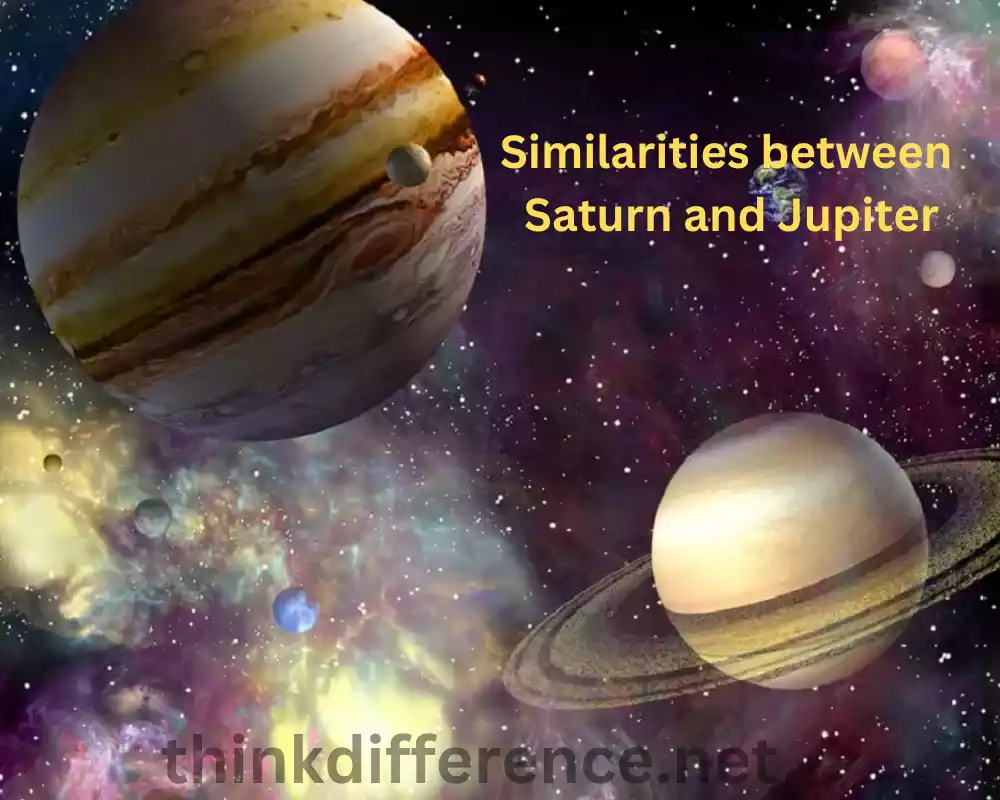
Here are just a few:
- Gas Giants: Saturn and Jupiter can both be considered gas giants. Their bodies consist of mostly hydrogen and helium; unlike terrestrial planets like Earth or Mars which feature dense atmospheres with overlying surfaces that cover them completely, which define them as such.
- Dimensions and Mass: Saturn and Jupiter are two planets with the greatest mass in our solar system, each boasting approximately 318 times Earth’s mass while Saturn lies second with approximately 95 times. Jupiter boasts the greatest diameter with approximately 139,820 km (86,881 miles). Saturn comes second at 120 536 km 74 898 miles while also being second when measured for mass with about 120 536km being second place behind.
- Atmospheric Composition: Saturn and Jupiter both boast atmospheric compositions consisting largely of hydrogen and helium – Jupiter’s atmosphere being comprised of about 90%-10% hydrogen with 10% being made up of helium; in comparison, Saturn has 75%-75% ratio between hydrogen and helium in their atmospheres; there may also be small traces of other compounds like methane, ammonia or even water vapour present as well.
- Rings: Saturn and Jupiter both possess stunningly visible ring systems, though Saturn’s are particularly remarkable and visually arresting. Both constellations contain numerous ice crystals and rocks in their rings – with Saturn having larger ones composed primarily of water ice while Jupiter features less evident rings mostly composed of dust particles.
- Moons and Satellites: Saturn and Jupiter both boast many moons and satellites that orbit around them, with over 80 moons confirmed for Saturn including Titan (second largest moon around our sun), while Jupiter houses over 500 known moons – of which four large Galilean Moons such as Io, Europa Ganymede Callisto are particularly notable.
- Magnetic Fields: The planets Saturn and Jupiter both boast large magnetic fields; Jupiter boasting the most intense field among all solar system planets while Saturn boasting less intense but significant magnetic forces as well. Their respective magnetic fields play a substantial role in how these worlds move as well as interact with their environments.
Examining Saturn and Jupiter allows scientists to compare their characteristics such as composition, behavior and even size – leading them to gain more of an insight into both planets as part of our solar system.
Summary
Saturn and Jupiter stand as awe-inspiring giants in our solar system. Their massive size, unique features, and complex atmospheres make them subjects of endless fascination. As we continue to explore and learn more about these planets, we gain valuable insights into the workings of our universe.

